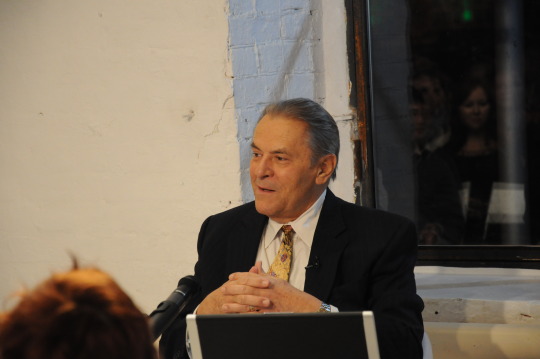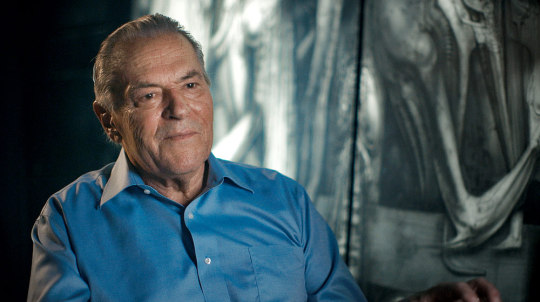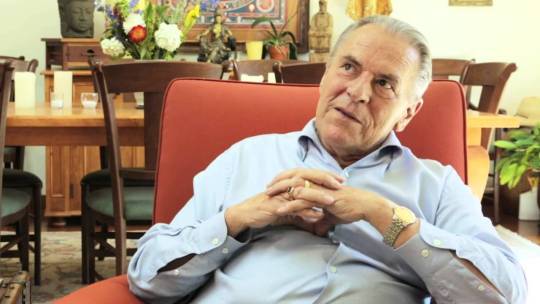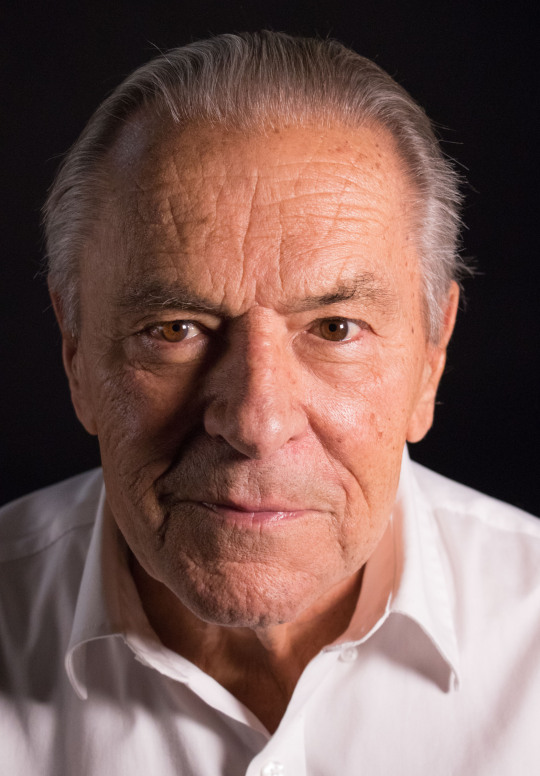#stanislav grof
Text
He suddenly understood the message of so many spiritual teachers that the only revolution that can work is the inner transformation of every human being.
Stanislav Grof
#stanislav grof#quote#be the change#inner work#shadow work#transformation#awakening#awareness#humanity#society#philosophy#spirituality#religion#psychology#wisdom#soul journey#love
45 notes
·
View notes
Photo

you know the paper’s gonna be good when it has multiple Stanislav Grof references (y)
1 note
·
View note
Text
locked in so tight to my winter king stint I was looking at swords of antiquity online, thought wait I should nail down a more specific headcanon of his sword's design for artistic reference, immediately started looking into shashkas and russian sabers since I recalled it being sabered and uh. he'srussian we know this, googled a reference of his sword as it appears in the episode to cross-reference, pull this official one up first, steve wolfhard can we like...get brunch or something......

#winter king#simon petrikov#i love how they really went for some distinct russian motifs in the episodes designs. the care for him as a character really does go deep#love to see it makes me feel like i felt when i did research on stanislav grof (betty's namesake)#one of the reasons i still love at
18 notes
·
View notes
Text
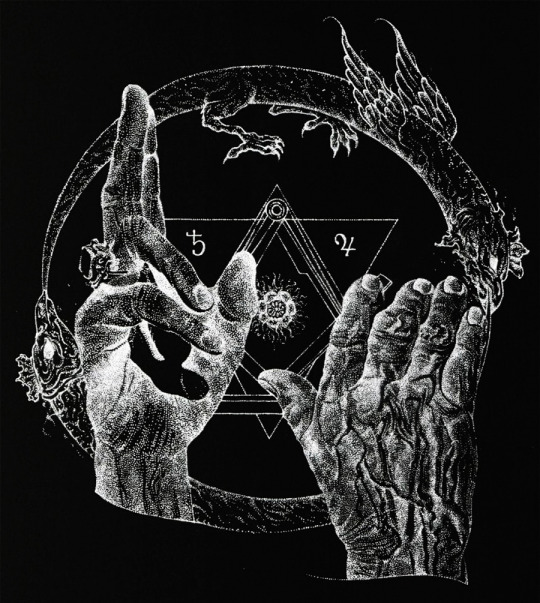
“He suddenly understood the message of so many spiritual teachers that the only revolution that can work is the inner transformation of every human being.”
--Stanislav Grof
Alchemy by Manuel Tinnemans
34 notes
·
View notes
Text

“Psychedelics are for psychiatry and psychology to what the microscope is for biology and the telescope is for astronomy.” ~Stanislav Grof
#ayahuasca#plant medicine#psychoactive substances#vision#consciousness#enthogenics#shaman#shamanism#transpersonal psychology#psychology
115 notes
·
View notes
Photo



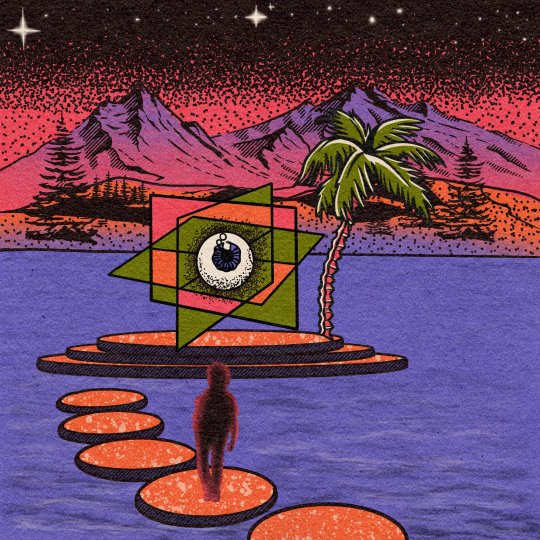
“Consciousness does not just passively reflect the objective material world; it plays an active role in creating reality itself.”― Stanislav Grof
Holotropic Mind
Jared Sylvia
176 notes
·
View notes
Text
A deep mystical experience tends to dissolve the boundaries between religions and reveals deep connections between them, while the dogmatism of organized religions tends to emphasize differences between various creeds and engenders antagonism and hostility.
Stanislav Grof
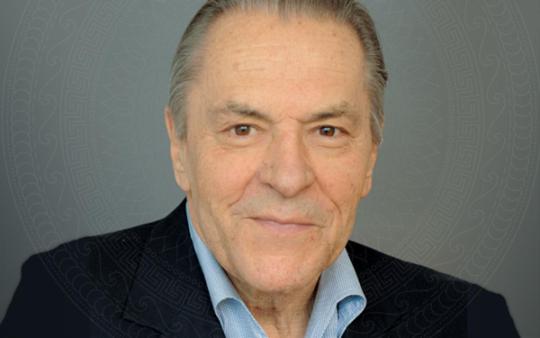
37 notes
·
View notes
Text
Western science is approaching a paradigm shift of unprecedented proportions, one that will change our concepts of reality and of human nature, bridge the gap between ancient wisdom and modern science, and reconcile the differences between Eastern spirituality and Western pragmatism.
Stanislav Grof
#stanislav grof#humanity#consciousness#paradigm shift#awakening#science#spirituality#spiritual science#reality#perception#evolution#spiritual evolution#human nature#discovery#knowledge#wisdom#east#west#balance
18 notes
·
View notes
Text

Interestingly, her experience mirrors my own investigating/experiencing various New-Age/New-Thought therapies in the late '80s-'90s, including Holotropic breathwork. And yeah, her take kinda cuts through the woowoo bs of it. It really IS hyperventilating while lying down for three hours, while "crazy music" plays at tremendous volume the whole time. Developed as an alternative to LSD when LSD was outlawed by one the Esalen brains, Stanislav Grof.
5 notes
·
View notes
Note
I headcanon that Betty is a Czech-born American because she’s named after Stanislav Grof**, who was born in Prague and moved to America in his 30’s.
**I took this from the Trivia section in the AT fandom wikia. The source it cited is a link from a now deleted tweet which seemed to be from Jesse Moynihan, a writer and storyboard artist of the show. I can’t see what he said though.
I'm a headcanon that Betty is an American with Slavic roots
16 notes
·
View notes
Text
The term ‘mystical’ has long been applied to a relatively narrow set of experiences characterized as ‘religious’ by Western scholars. Scholarship since Hofmann’s inadvertent discovery of the psychotropic effects of LSD-25 reveals that mystical experiences are of a piece with a wide range of exceptional experience, facilitated not only by a variety of plant materials and synthetic chemicals, but also by religious and behavioural practices.
Modern anthropology has discovered psychedelic substance use by stone age tribes. It has also revealed that such cultures used other practices such as drumming, dancing and chanting to facilitate exceptional experiences. Practices less compatible with modern sensibilities are Mayan bloodletting and the American indigenous peoples’ Plains Culture Sun Dance. It involves young men painfully dancing around a pole to which they are fastened by ‘rawhide thongs pegged through the skin of their chests’. Self-flagellation is still practiced by some Shiite Muslims on Ashura. Living burial is practiced in the initiation of the Dagara of Burkina Faso and Ghan.
Practices and exceptional experience have been thoroughly interwoven throughout history. Mystical experiences also occur spontaneously, however, without any identifiable physiological or behavioural antecedent. But the recently enabled ready availability of manufactured psychedelics has made possible the more methodological, experimental investigation of exceptional experience. This possibility has been furthered by William James’s identification of certain drug-induced states as mystical.
Although spontaneous exceptional experience cannot be prevented, the development of powerful psychiatric medications in the twentieth century can act as powerful suppressants for the sort of exceptional experience that Stanislav Grof has characterized as ‘spiritual emergency’. For mainstream modern psychiatry, spiritual emergency is rarely differentiated from mental illness. Grof calls this into question:
From ecstatic trances of shamans, or medicine men and women, to revelations of the founders of the great religions, prophets, saints, and spiritual teachers, such experiences have been sources of religious enthusiasm, remarkable healing, and artistic inspiration. All ancient and preindustrial cultures placed high value on nonordinary states of consciousness as an important means of learning about the hidden aspects of the world and of connecting with the spiritual dimensions of existence.
The disconnection of Western people from their own past cultures of mystical practice pointedly began with the conversion of Roman culture to Christianity in the fourth century. It was complicated by the conflict of Hebraic monotheism with the pluralistic polytheism of ancient Greece and Rome. Philosophy began in ancient Greece as a quest for the meaning of life. The Christian Church replaced the quest with the single goal of salvation. Mysticism was relegated to hermits on the margin of the Church or held in check by the regulated life of monasteries; the Mystery religions were ostracized and their temples destroyed. Access to transcendence was available to lay persons only through the mediation of the priests, governed by the bishops. The plural opportunities for ecstatic practice available to the ancient Greeks and Romans became progressively attenuated by medieval Christianity.
Rationality became the ultimate measure of all things, rapidly replacing spirituality and religious beliefs. In the course of the Scientific revolution in the West, everything even remotely related to mysticism was disqualified as left over from the Dark Ages. Visionary states were no longer seen as important complements of ordinary states of consciousness that can provide valuable information about the self and reality, but as pathological distortions of mental activity. This judgement has been reflected in the fact that modern psychiatry tries to suppress these conditions instead of supporting them and allowing them to take their natural course.
-- Christine Hauskeller (ed.), Philosophy and Psychedelics
78 notes
·
View notes
Photo
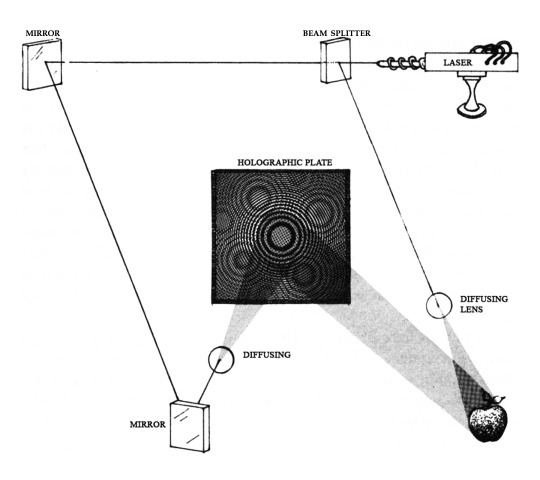
A hologram is produced when a single laser light is split into two separate beams. The first beam is bounced off the object to be photographed. Then the second beam is allowed to collide with the reflected light of the first, and the resulting interference pattern is recorded on film.
Stanislav Grof, The Holotropic Mind: The Three Levels of Human Consciousness and How They Shape Our Lives
58 notes
·
View notes
Video
youtube
“The transpersonal experiences revealing the Earth as an intelligent, conscious entity are corroborated by scientific evidence. Gregory Bateson, who created a brilliant synthesis of cybernetics, information and systems theory, the theory of evolution, anthropology, and psychology came to the conclusion that it was logically inevitable to assume that mental processes occurred at all levels in any system or natural phenomenon of sufficient complexity. He believed that mental processes are present in cells, organs, tissues, organisms, animal and human groups, eco-systems, and even the earth and universe as a whole.” - Stanislav Grof, The Holotropic Mind: The Three Levels of Human Consciousness and How They Shape Our Lives Stanislav Grof. Implications of Consciousness Research for Psychiatry, Psychology & Psychotherapy. 787@ 787 paintings and drawings by adam sturch. thank you for watching.
3 notes
·
View notes
Text
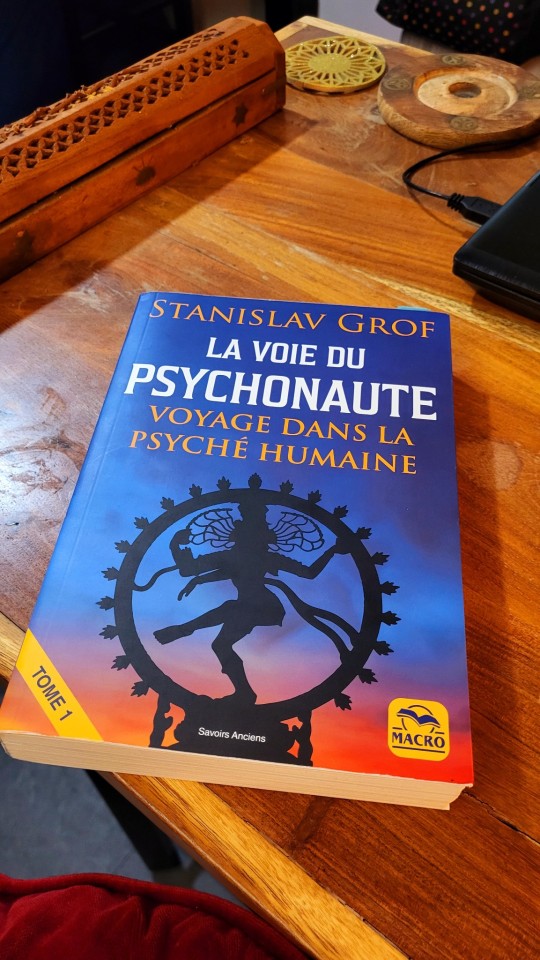
Plongez dans l'univers fascinant de la psyché avec "La voie du Psychonaute" de Stanislav Grof 🧠✨.
Ce livre est une véritable carte pour naviguer dans les états modifiés de conscience et les profondeurs de l'esprit humain.
Rejoignez les explorateurs de la conscience et déverrouillez des savoirs anciens et des techniques de guérison révolutionnaires 🔑🌀.
Une lecture essentielle pour ceux en quête de compréhension et d'évolution personnelle 🌱📚.
#Psychonaute 🚀 #Conscience 🌌 #ExplorationInterieure 🗺️ #StanislavGrof 🖋️ #PsychologieTranspersonnelle 🕊️ #Guérison 💉 #SavoirsAnciens 📜 #LectureInspirante 📘 #DéveloppementPersonnel 💡
4 notes
·
View notes
